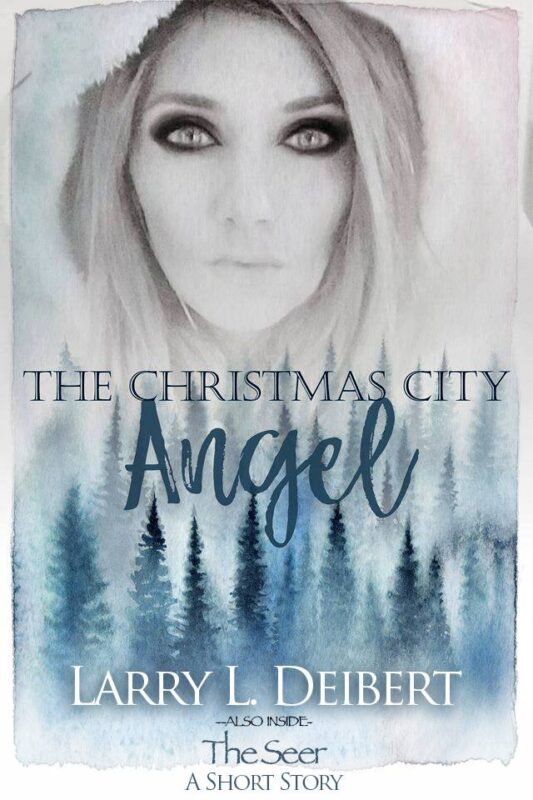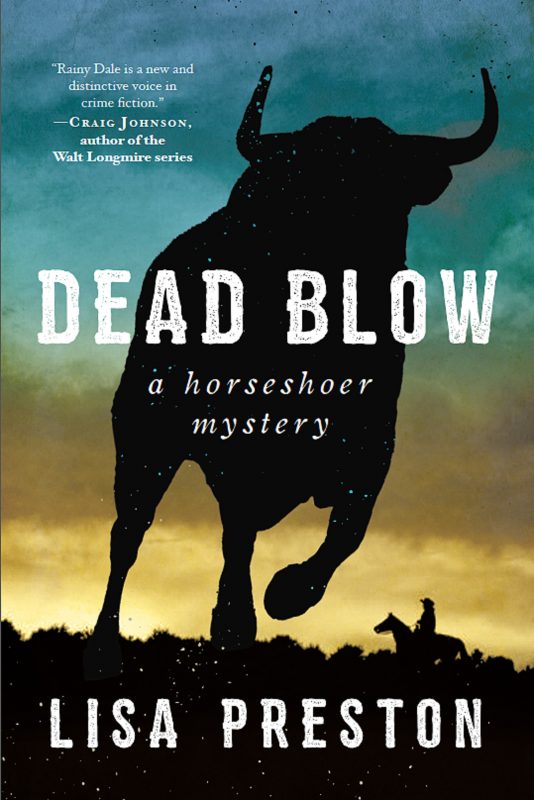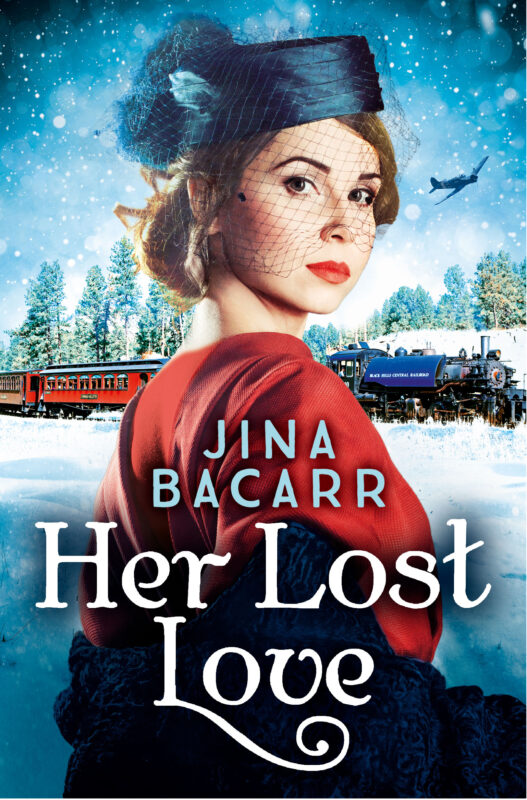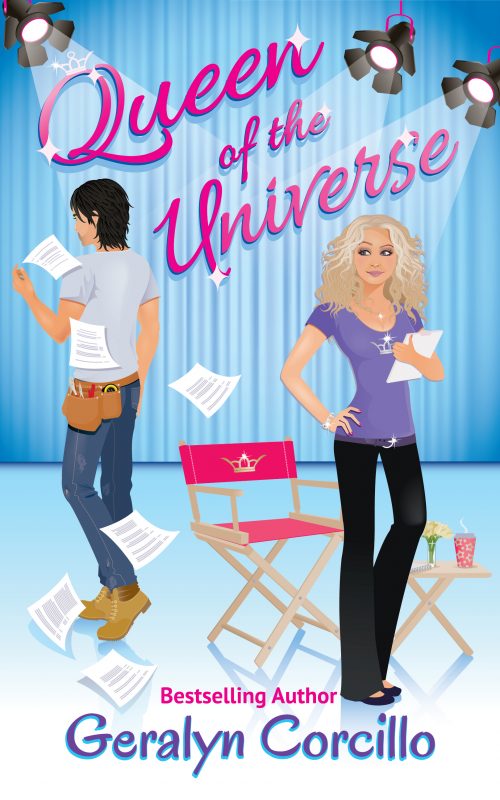Glass by Neetu
February 26, 2025 by Neetu Malik in category Poet's Day by Neetu Malik tagged as broken heart, emotions, fragile, Neetu, silence
Glass
I tread softly
in your world
mindful of my footsteps
on the fragile glass
of your emotions
fearing the crack
one little slip could cause
breaking my own heart
without blows
without words
in a silence
deeper than
death
© Neetu Malik
Some of Neetu’s Books
WITH OUR BELLIES FULL AND THE FIRE DYING: A REVIEW BY VERONICA JORGE
February 22, 2025 by Veronica Jorge in category Writing tagged as Debra H Goldstein, new release, Reviewed by Veronica Jorge, Short story collection, With Our Bellies Full and the Fire Dying

WITH OUR BELLIES FULL AND THE FIRE DYING: TALES OF SINNING AND REDEMPTION
DEBRA H. GOLDSTEIN
White City Press, 2025
ISBN 978-1-963479-68-3
Don’t be fooled by the title. This is not a book about morality or religion. Far from it. It’s all about….MURDER.
In this collection of eighteen award-winning short mysteries, everyday people find themselves caught up in events and circumstances that challenge and test them, and reveal the thoughts and intentions of their hearts.
If you’ve read any of Debra H. Goldstein’s other works, and I hope you have, such as, One Taste Too Many, the first in her Sarah Blair Mystery novels, (all of which have been reviewed by me on this blog and which I highly recommend), you will know that Goldstein is masterful at creating interest and intrigue, building suspense, and adding her signature twist at the end of each tale.
As an added treat, her stories also often include delicious recipes you are encouraged to try and add to your own collections.
Debra’s years as a judge and litigator, combined with her skills as a storyteller, make for a perfect combination that, in these mysteries, introduce us to a diverse group of characters with a variety of motives for murder. Yet, where no one is above the law…unless you don’t get caught, or the law covers up for you.
Nothing is ever as it seems.
The murderer is never who you think it is.
And sometimes it might even be the kind little old lady.
A word of caution. While you’re reading, be leery of friends bearing gifts of food.
Happy Reading and eating!
Veronica Jorge
See you next time on March 22, 2025!
More of Debra H. Goldstein’s Books
2025 Bethlehem Writers Roundtable Short Story Award
February 17, 2025 by Bethlehem Writers Group in category Contests, From a Cabin in the Woods by Members of Bethlehem Writers Group tagged as #TheBWG, Bethlehem Writers Group, Bethlehem Writers Roundtable Short Story Award, Short Story Award
With the new year comes another contest for BWG LLC’s latest anthology, Illusive Worlds, forthcoming in 2026.
BWG is seeking never-published stories of 2,500 words or fewer on the theme of Speculative Fiction (broadly interpreted tales of science fiction and fantasy).
The winners receive cash and publication, with the first-place winner being considered for our upcoming anthology, Illusive Worlds: Sweet, Funny, and Strange Tales of Science Fiction and Fantasy.
The Contest opened January 1, 2025, and the deadline is March 31, 2025. Science fiction and fantasy author Adrian Tchaikovsky will judge the 2025 contest. Click the link below for more information and the entry form.
https://bwgwritersroundtable.com/short-story-award-2
If you have a great story concept for Illusive Worlds, fire up that word processor and get started.
First Place:
$250 and consideration for publication in our upcoming anthology: Illusive Worlds: Sweet, Funny, and Strange Tales of Science Fiction and Fantasy or Bethlehem Writers Roundtable
Second Place:
$100 and publication in Bethlehem Writers Roundtable
Third Place:
$50 and publication in Bethlehem Writers Roundtable
The 2025 contest judge is science-fiction and fantasy author Adrian Tchaikovsky.
For more information on the 2025 Short Story Award and for information on how to enter, click here. You can also read an interview with Mr. Tchaikovsky here.
Books from Bethlehem Writers Group, LLC
Spotlight on Lynette M. Burrows
February 16, 2025 by marianne h donley in category Apples & Oranges by Marianne H. Donley, Spotlight tagged as Alternative History, Lynette M Burrows, science fiction, Speculative Fiction, The Fellowship Dystopia series
Lynette M. Burrows is an author, blogger, creativity advocate, writing coach, and Yorkie wrangler. She survived moving seventeen times between kindergarten and her high school graduation. Her stories weave her experiences into speculative fiction worlds that capture your attention, characters you root for, and action that keeps you turning pages.
Her Fellowship Dystopia series, My Soul to Keep, and If I Should Die, and a companion novel, Fellowship, tell the story of a world where the isolationists and fundamentalists merged after FDR’s assassination and created an America where even the elite can be judged sinners and hunted by the Angels of Death. They are in online bookstores everywhere. Book three, And When I Wake, is scheduled to be published in 2025.
Lynette lives in the land of OZ and is a certifiable chocoholic and coffee lover. When she’s not blogging or writing or researching her next project, she avoids housework and plays with her two Yorkshire terriers. You can find Lynette online on Facebook, or BlueSky (@lynettemburrows.bsky.social) or on her website.
Lynette’s Books
Hover over the cover for buy links. Click the cover for more information on each book.
Neetu Malik: Featured Author
February 14, 2025 by Neetu Malik in category Featured Author of the Month tagged as Featured Author of the Month, Neetu Malik, Poet's Day, poetry

Neetu Malik’s poetry is an expression of life’s rhythms and the beat of the human spirit. She draws upon diverse multicultural experiences and observations across three continents in which she has lived. She has contributed to The Australia Times Poetry Magazine, October Hill Magazine, Prachya Review, among others. Her poems have appeared in The Poetic Bond Anthology V and VI published by Willowdown Books, UK, NY Literary Magazine’s Tears Anthology and Poetic Imagination Anthology (Canada).
Her poem, “Soaring Flames”, was awarded First-Place by the NY Literary Magazine (2017). She has also been nominated for the Pushcart Prize, 2019 for her poem “Sacred Figs” published by Kallisto Gaia Press in their Ocotillo Review in May, 2018.
Neetu lives in Pennsylvania, USA.
You can find Neetu’s poetry in these volumes.
Hover on the cover for buy links. Click on the cover for more information.
Affiliate Links
A Slice of Orange is an affiliate with some of the booksellers listed on this website, including Barnes & Nobel, Books A Million, iBooks, Kobo, and Smashwords. This means A Slice of Orange may earn a small advertising fee from sales made through the links used on this website. There are reminders of these affiliate links on the pages for individual books.
Search A Slice of Orange
Find a Column
Archives
Featured Books
DEAD BLOW
Rainy will have to dig deep and use all the tools in her box to both defend herself and the people she's just learning to love.
More info →HER LOST LOVE
All she wants for Christmas is to save the man she loves…
More info →QUEEN OF THE UNIVERSE
Can a charismatic TV writer convince her brooding handyman to star in her show in time to save her career?
More info →Newsletter
Contributing Authors
Search A Slice of Orange
Find a Column
Archives
Authors in the Bookstore
- A. E. Decker
- A. J. Scudiere
- A.J. Sidransky
- Abby Collette
- Alanna Lucus
- Albert Marrin
- Alice Duncan
- Alina K. Field
- Alison Green Myers
- Andi Lawrencovna
- Andrew C Raiford
- Angela Pryce
- Aviva Vaughn
- Barbara Ankrum
- Bethlehem Writers Group, LLC
- Carol L. Wright
- Celeste Barclay
- Christina Alexandra
- Christopher D. Ochs
- Claire Davon
- Claire Naden
- Courtnee Turner Hoyle
- Courtney Annicchiarico
- D. Lieber
- Daniel V. Meier Jr.
- Debra Dixon
- Debra H. Goldstein
- Debra Holland
- Dee Ann Palmer
- Denise M. Colby
- Diane Benefiel
- Diane Sismour
- Dianna Sinovic
- DT Krippene
- E.B. Dawson
- Emilie Dallaire
- Emily Brightwell
- Emily PW Murphy
- Fae Rowen
- Faith L. Justice
- Frances Amati
- Geralyn Corcillo
- Glynnis Campbell
- Greg Jolley
- H. O. Charles
- Jaclyn Roché
- Jacqueline Diamond
- Janet Lynn and Will Zeilinger
- Jaya Mehta
- Jeff Baird
- Jenna Barwin
- Jenne Kern
- Jennifer D. Bokal
- Jennifer Lyon
- Jerome W. McFadden
- Jill Piscitello
- Jina Bacarr
- Jo A. Hiestand
- Jodi Bogert
- Jolina Petersheim
- Jonathan Maberry
- Joy Allyson
- Judy Duarte
- Justin Murphy
- Justine Davis
- Kat Martin
- Kidd Wadsworth
- Kitty Bucholtz
- Kristy Tate
- Larry Deibert
- Larry Hamilton
- Laura Drake
- Laurie Stevens
- Leslie Knowles
- Li-Ying Lundquist
- Linda Carroll-Bradd
- Linda Lappin
- Linda McLaughlin
- Linda O. Johnston
- Lisa Preston
- Lolo Paige
- Loran Holt
- Lynette M. Burrows
- Lyssa Kay Adams
- Madeline Ash
- Margarita Engle
- Marguerite Quantaine
- Marianne H. Donley
- Mary Castillo
- Maureen Klovers
- Megan Haskell
- Melanie Waterbury
- Melisa Rivero
- Melissa Chambers
- Melodie Winawer
- Meriam Wilhelm
- Mikel J. Wilson
- Mindy Neff
- Monica McCabe
- Nancy Brashear
- Neetu Malik
- Nikki Prince
- Once Upon Anthologies
- Paula Gail Benson
- Penny Reid
- Peter Barbour
- Priscilla Oliveras
- R. H. Kohno
- Rachel Hailey
- Ralph Hieb
- Ramcy Diek
- Ransom Stephens
- Rebecca Forster
- Renae Wrich
- Roxy Matthews
- Ryder Hunte Clancy
- Sally Paradysz
- Sheila Colón-Bagley
- Simone de Muñoz
- Sophie Barnes
- Susan Kaye Quinn
- Susan Lynn Meyer
- Susan Squires
- T. D. Fox
- Tara C. Allred
- Tara Lain
- Tari Lynn Jewett
- Terri Osburn
- Tracy Reed
- Vera Jane Cook
- Vicki Crum
- Writing Something Romantic
Affiliate Links
A Slice of Orange is an affiliate with some of the booksellers listed on this website, including Barnes & Nobel, Books A Million, iBooks, Kobo, and Smashwords. This means A Slice of Orange may earn a small advertising fee from sales made through the links used on this website. There are reminders of these affiliate links on the pages for individual books.
















































































